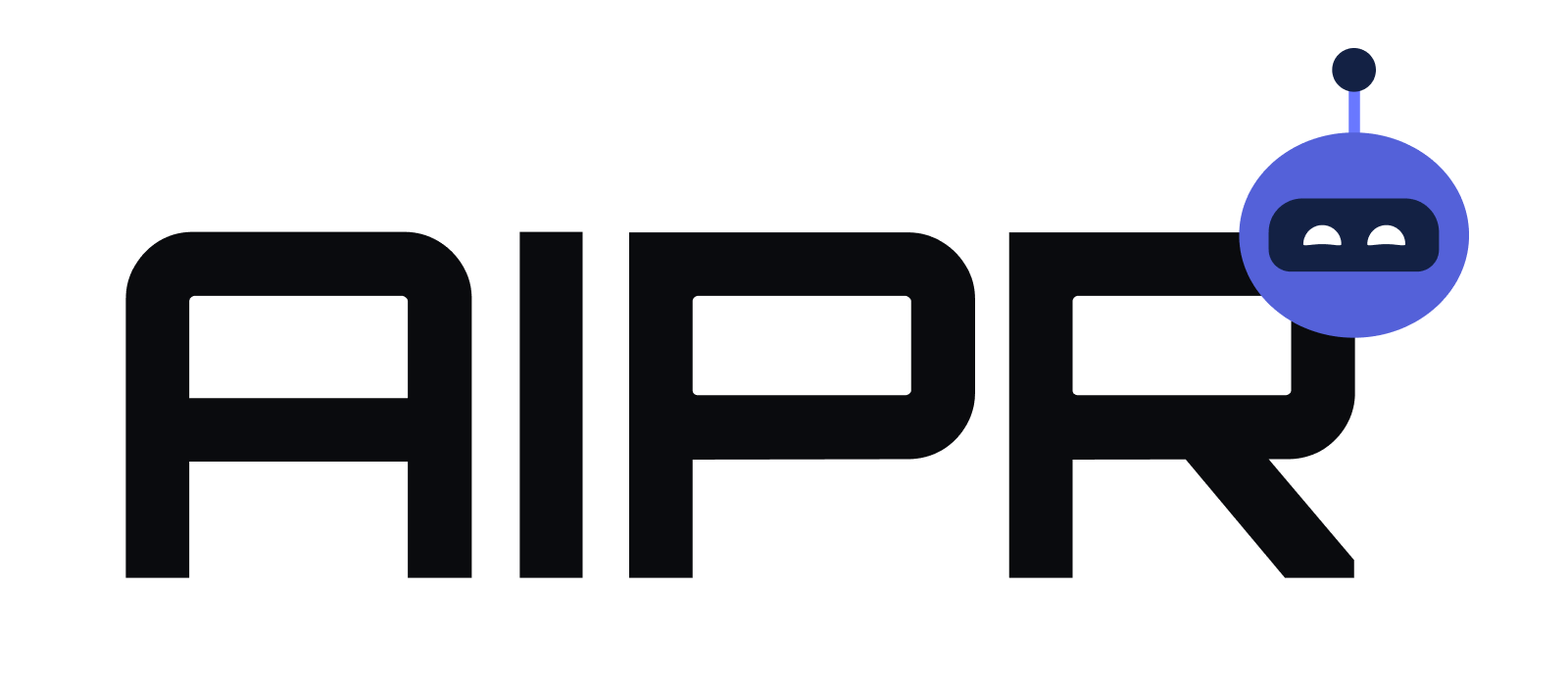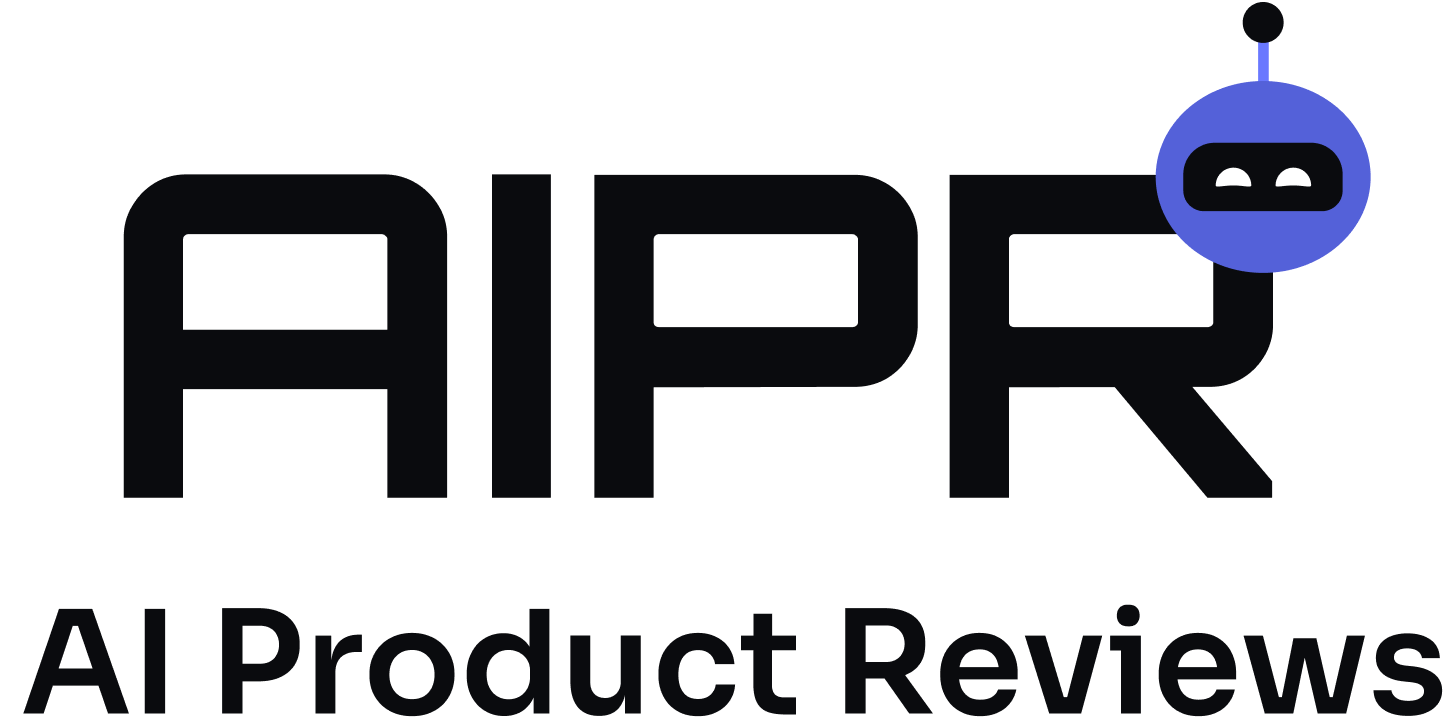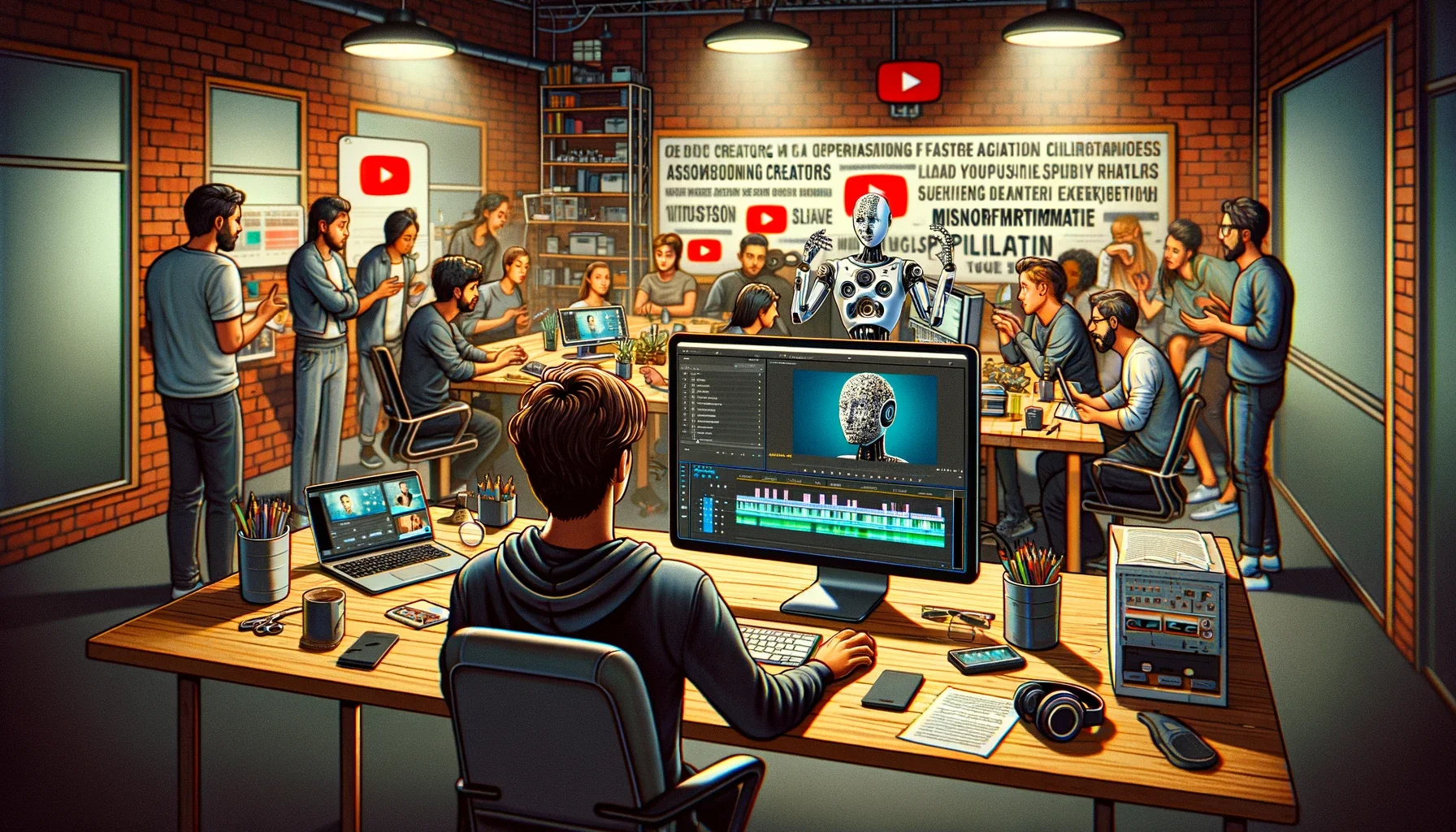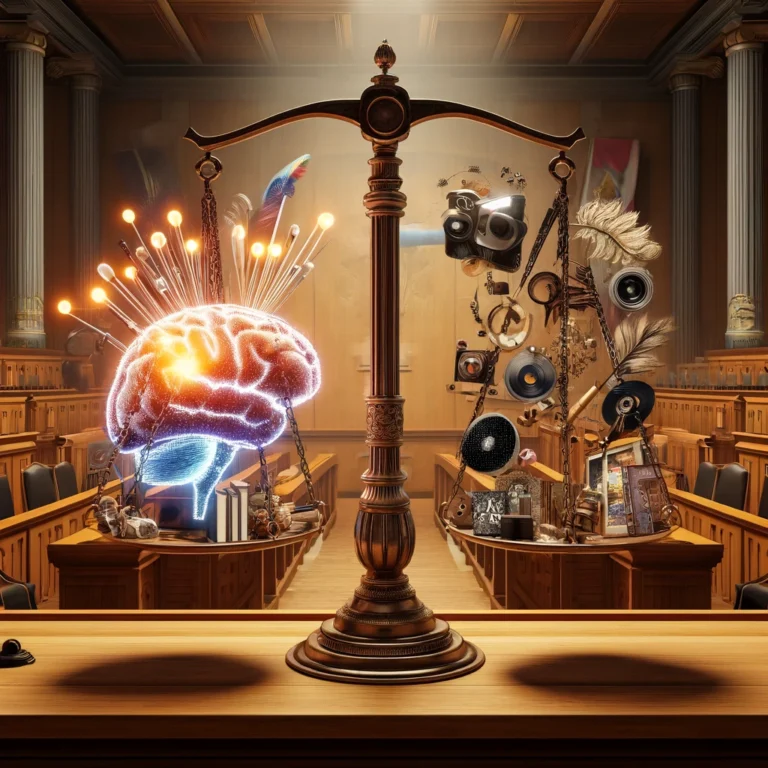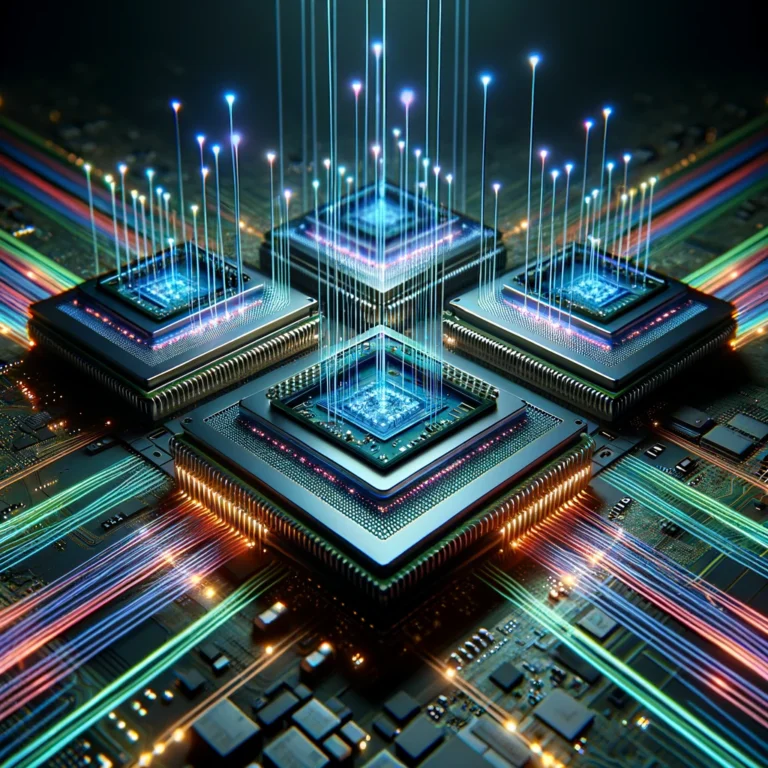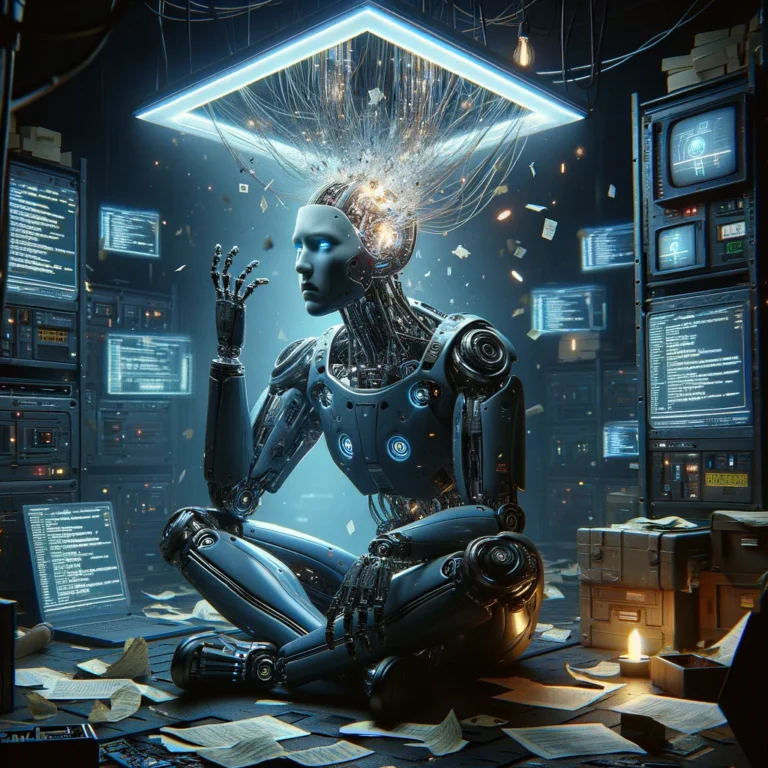In a significant move, YouTube recently unveiled a series of new artificial intelligence tools designed to enhance various aspects of content creation, from topic generation to video editing and even the creation of video footage through the Dream Screen feature. Despite the transformative potential of these tools in the creative space, the announcement has garnered a surprisingly lukewarm response from the YouTube community. Creators are instead more focused on the existing challenges posed by generative AI on the platform.
Creators Focus on Current AI Issues, Despite Platform’s Innovations
2023 has been pivotal for generative AI, with its capabilities expanding into image and text creation derived from internet compilations of existing art and writing. This has led to backlash from artists and writers over copyright concerns and the undermining of their work. Notably, prominent authors like George R.R. Martin and Jodi Picoult have legally challenged OpenAI for using their works in AI developments. Compounding these issues are the inaccuracies and hallucinations often associated with generative AI.
Conversely, many have embraced AI tools for experimentation and professional use. AI-generated art has won awards, and some news outlets have resorted to AI-produced articles amid staff reductions. On TikTok, AI-driven filters like Bold Glamour and Ghibli, as well as themed avatar generators, have become immensely popular.
Despite these developments, YouTube’s AI tools, yet to be released to the general public, have not sparked the same level of debate or interest. The announcement on YouTube’s social media accounts received modest engagement, and there’s a noticeable lack of discussion about these tools on YouTube itself, despite a community interested in AI video-making tools.
YouTube’s new offerings promise a range of functionalities, including generating video prompts, script outlines, automatic clip editing, and AI-voiced language dubs. Unique to these tools is their ability to tailor content based on a creator’s historical output and audience preferences, a feature unavailable in other text generators without access to YouTube’s data. The tools also aim to recommend royalty-free music, potentially avoiding copyright issues for creators.
However, the creator community hasn’t shown significant interest. YouTuber Jimmy McGee, known for his critical view of AI in content creation, finds the tepid response “strange.” He believes that while some AI features like Dream Screen’s visuals may not sustain long-term interest, other tools could have lasting effects on the creator space, particularly for newcomers who might rely heavily on AI, potentially stunting their creative growth.
The debate extends beyond the mere use of AI tools to concerns over AI’s role in plagiarism and misinformation on YouTube. For instance, creator Abyssoft highlighted a case of potential AI-assisted plagiarism. There’s a growing call for transparency in disclosing AI’s role in video creation and implementing measures to prevent misuse.
YouTube’s stance, as communicated by Google policy communications manager Jack Malon, is that all content, AI-generated or not, must adhere to existing community guidelines.
While some creators see potential benefits in AI tools, like avoiding copyright issues, there’s an underlying fear of AI enabling plagiarism on a scale previously unseen. This, coupled with concerns that AI-driven content might become formulaic, adds to the complexities faced by creators in the evolving digital landscape.
As YouTube prepares to roll out these tools more widely, the creator community remains preoccupied with existing AI-related challenges on the platform, overshadowing the potential opportunities these new tools might offer.
